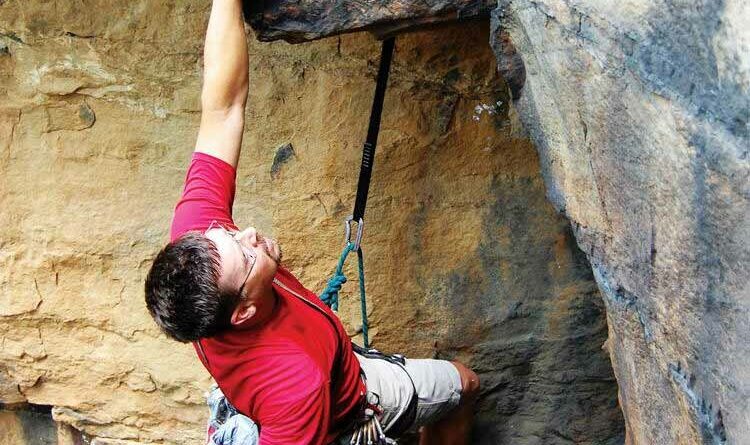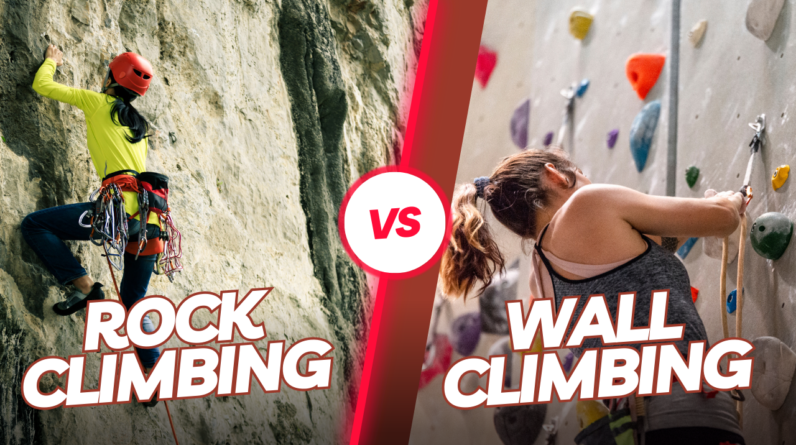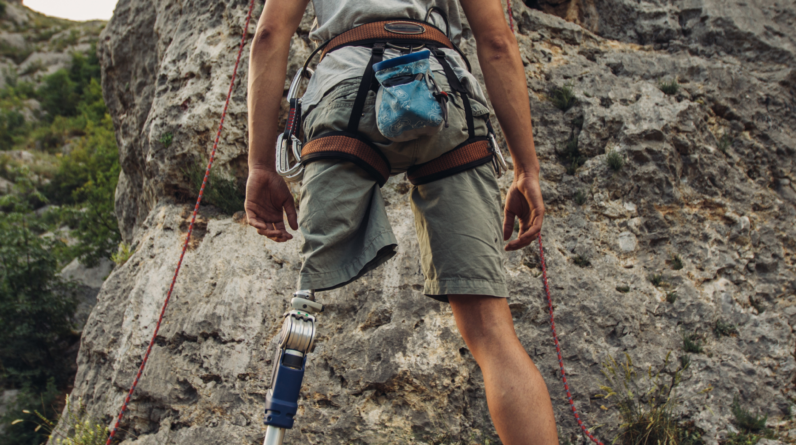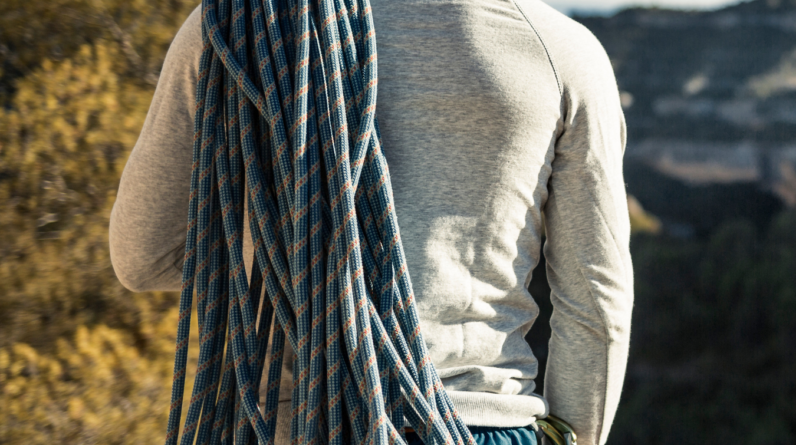
Rock Climbing Basics – STEPPING THROUGH
Whether you’re just starting to climb, or you’ve been climbing for years, there are some basic techniques you should know. These techniques are used to aid in your climb, and will help to keep you safe. The first thing you should do is evaluate the type of climb you are looking to do. There are different types of climbs, and a climber should be flexible and knowledgeable in order to maximize their chance of success.
The first technique involves placing both feet on a hold. This is also called a “match” and can be done on both sides of the rock. To achieve a good foot placement, you need to be able to maintain pressure against the rock.
A second technique involves placing your hands on the same hold. This is a good resting move, and it requires that you place your hand over your head. The only downside to this move is that you are not using your other hand. A third hand can be used in the event of a fall.
The next technique involves placing your toes on a hold. Toe hooking is a good technique for preventing your body from spinning, and it can be used as a good resting move. You should also keep your body in a neutral position to avoid slipping.
A fourth technique involves placing your heel on a hold. Climbers who climb vertical terrain often use a knee bar, which is a large, pointed rock protrusion. They’re used to climb chimneys and icy slopes. You can also sling the lip of the rock face with a Sling.
Another technique involves placing your foot in a horizontal crack. This can be a good move, especially if the crack is too wide for a good hand jam. It also provides excellent lie backing.
A final technique involves placing both hands on a hold. It’s not as dynamic as the previous techniques, but it is an effective resting move. It also involves using your forearm strength to support the weight of your body. It’s not a good idea to use this technique on rock that’s greasy or slippery, or on loose rock, since the friction will be decreased.
A climbing pof is a resin-like substance that can be used as an alternative to chalk. It is made from pine resin, and is deposited onto the rock in a thick resin layer. It’s used on hard routes to provide weight support without tiring the muscles.
Taking advantage of the Barn Door Effect can be a great way to gain reach and momentum on overhanging terrain. It is a fun technique to practice and can be especially helpful for a novice climber.
A last technique is called a “scrimper”. This is a small hold that requires the climber to press down on the rock. You should only use this technique when it’s safe to do so, and only when you’re using your hands to support your body.






